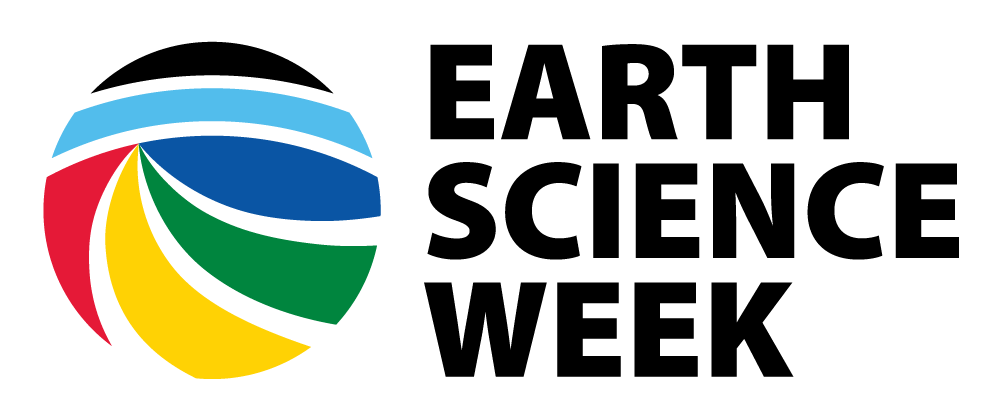Earth Science Week Classroom Activities
Model of a Well
Activity Source:
Nebraska Earth Systems Education Network, School of Natural Resources, by Marianne Bonnemier
Background
Groundwater is contained in the zone of saturation below the land surface. The top of this zone is known as the water table. People can tap into this source of water by drilling wells. The depth of the well and level of the water table greatly influences the wells productivity.
Objective
Demonstrate the relationship of groundwater to wells.
Materials
Pencil, fine wire screening, small wire for fastening, medicine dropper, drinking glass, water, coarse sand, and food coloring (optional).
Procedure:
- Roll a piece of screening around a pencil to make a cylinder.
- Enlarge the cylinder to approximately 1 cm in diameter. Fasten cylinder with a piece of wire around it to keep it from unrolling.
- Place the cylinder upright in a glass with sand, keeping the sand out of the cylinder.
- Pour water into the sand. The sand will take up water, but the water will also go into the cylinder–the well.
- Remove water from the well with the medicine dropper.
- After you remove water from the cylinder (your well), notice the level of water in the sand. Your well will also be lower at first but will eventually fill up again.
- Add more water to your sand and observe your well.
- Observe your well and record your observations in number 1 in the conclusion.
Conclusion
Observations from step 8 in the procedure.
- What happened to the groundwater when you removed water from the well?
- What happened to your well as more water was added to your “groundwater”?
- How does the water table change in nature?
- What does recharge mean?
Extending the Concept
- Ask people with wells how deep they had to drill to reach water.
- Find out how wells are drilled and report on this.
- If possible take a field trip to see a well being drilled.
- Find the depth of the water table in your area (call the NRD).
